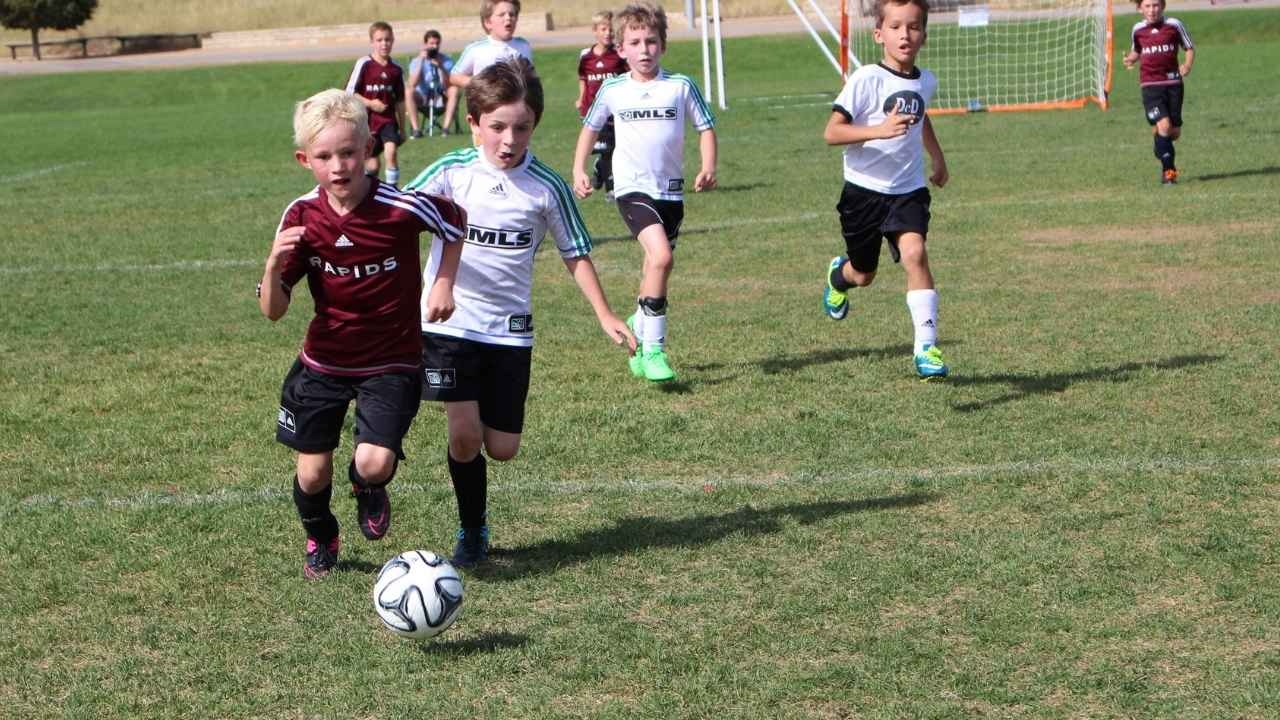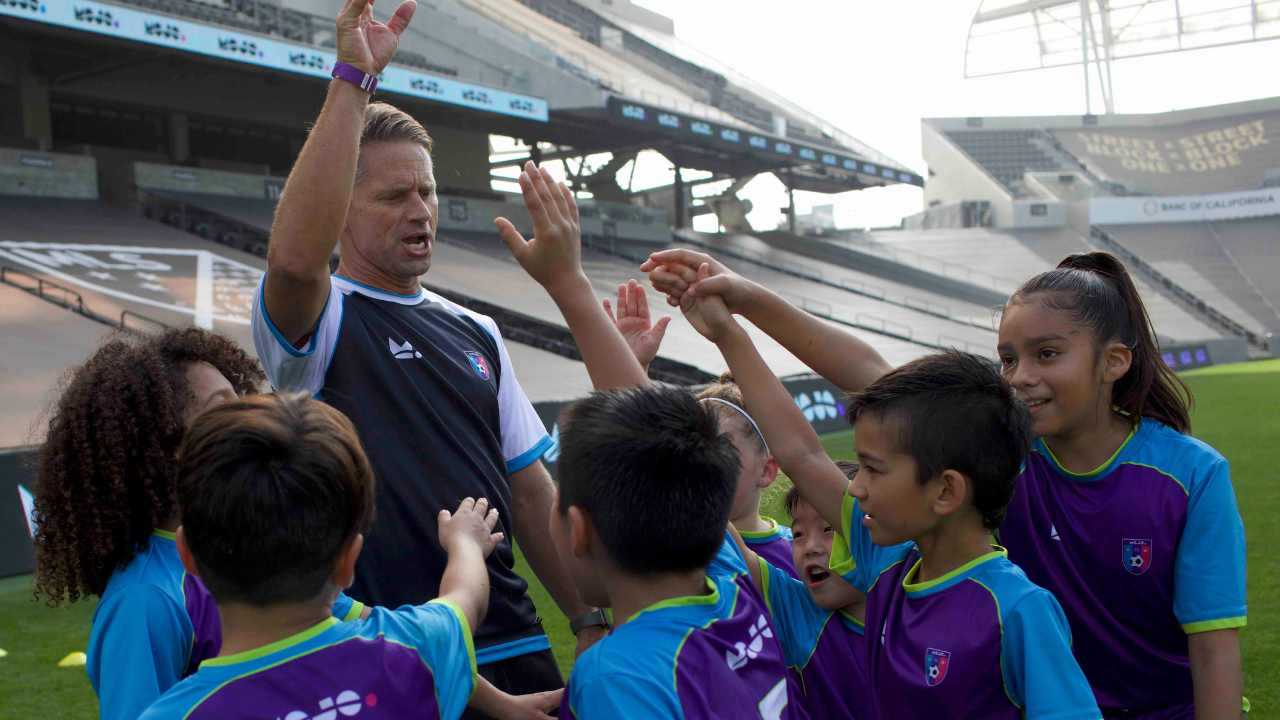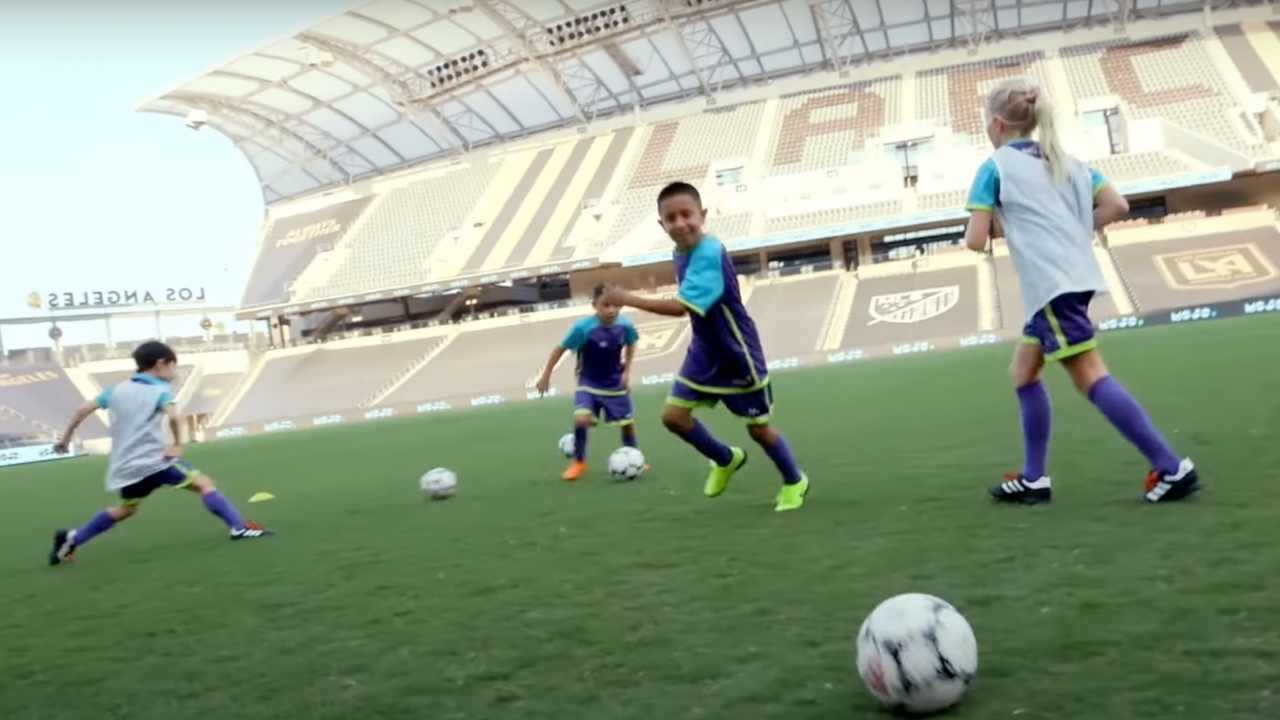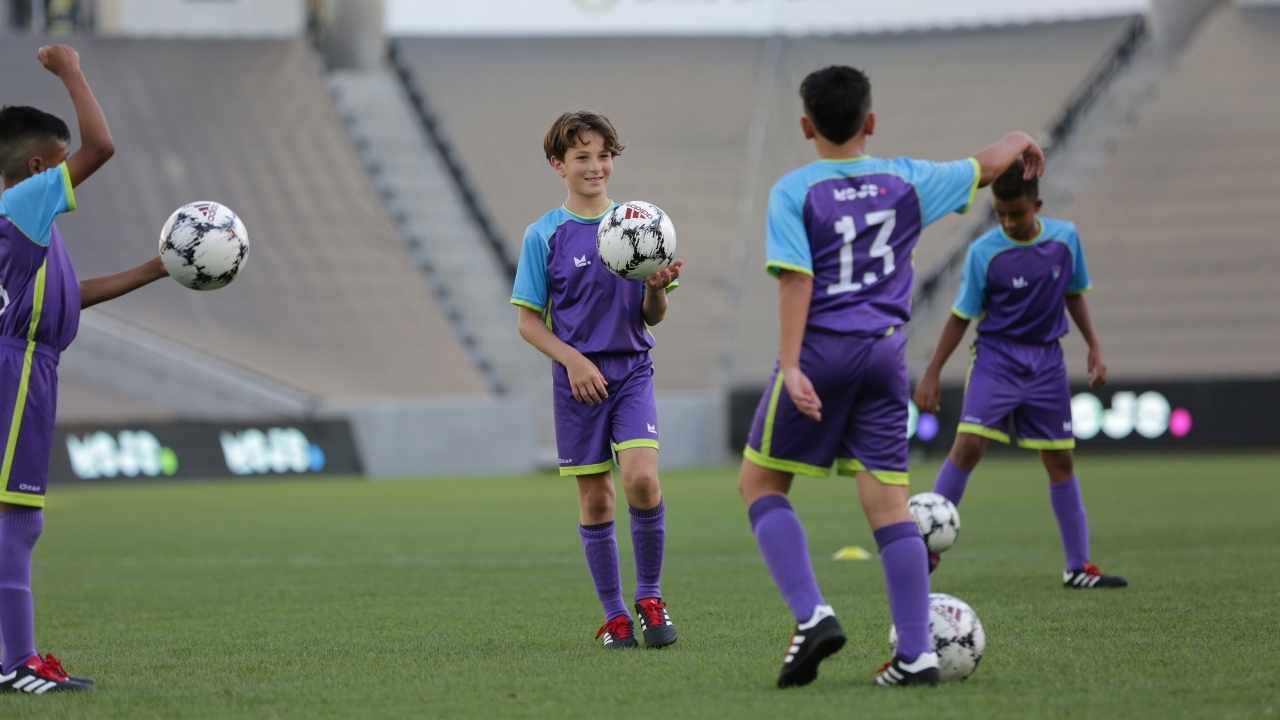Soccer Positions — Explained
Lesson one: Positions aren’t as important as positioning
George Perry
| 4 min read

Canva
“I want to be a winger!”
“I’m the number 10!”
“Can I be goalkeeper?”
With the exception of goalkeeper, perhaps, positions play less of a role in youth soccer than you might expect. In fact, they don’t typically factor into a game until the players are about 10 years old — and even then, just on the more competitive teams. For younger players, and in the rec leagues, players should learn positioning before positions, says Tom Condone, the director of sport and member development at US Youth Soccer.
“Positioning is smart movement across the field during the match,” says Condone. And the best way for young players to develop that skill — and learn the game — is to do a little bit of everything.
Soccer players first, positions later
Putting players into predetermined positions before age 10 short-changes players on the two goals of youth soccer: fun and development.
They won’t learn as much about soccer if they only see the game from one or two positions on the field. (Plus, it’s just not as fun to do the same thing all the time.) At all levels of the sport, every player needs to know a little bit of everything — and the time to learn is when they’re young.
That means during practice, coaches should strive to keep players in motion and use games and activities that include everyone.
“Start from the notion that all players can — and do — attack, and all players can — and do — defend, in an environment that is safe and fun,” says Condone. “That will let the players develop an understanding of the game and all the positions.”
Then, if they stay with the sport, players can drift toward one position or another. Specialization happens naturally as they get older.
Introducing basic soccer positions
As players develop, they start picking up on the game in new ways. If they’ve played for a few years, they can start anticipating the play. They have a sense of the ball’s pace and movement, and how players work together to make things happen. Those are the basics of understanding soccer tactics, according to Condone. And that’s when positions can start to make their way into the game.
If your players are at a stage where positions are appropriate, keep them very simple. No matter how advanced soccer tactics get, the basic positions remain the same: goalkeeper, defenders, midfielders and forwards.
Goalkeeper: This is the easy one. The goalkeeper is the player with the gloves and different-colored jersey who gets to catch, block and throw the ball – whatever it takes to keep the ball out of his or her own net.
Defenders: Defenders want their goalkeeper to get bored. They stay close to their goal and try to tackle the ball away from the opponents’ forwards, intercept passes and clean up any rebounds in front of the goalkeeper. Defenders need to stay one step ahead of the other team, so they can prevent the dribble, pass or shot from happening. And along with the goalkeeper, they start attacks when you win the ball, says Condone.
Midfielders: Midfielders show up everywhere to do a little bit of everything. When their team has the ball, they help take it from the defensive half to the attacking half. On the attack, they pass, shoot and “create” many of the plays. When their team doesn’t have the ball, they defend. One thing they don’t do? Use their hands to protect the goal.
Forwards: Forwards play nearest the opponent’s goal and are tasked with creating chances and scoring. They do all sorts of slick soccer moves and clever passing plays in hopes of getting a good shot on the opponent’s goal.
The most important position on the soccer pitch
Ask the coach of any winning soccer team, “What’s the most important position?” The answer might surprise you.
Says Condone, the most important position is any player without the ball. The players without the ball help the player with the ball.
That’s why they call it a team.




